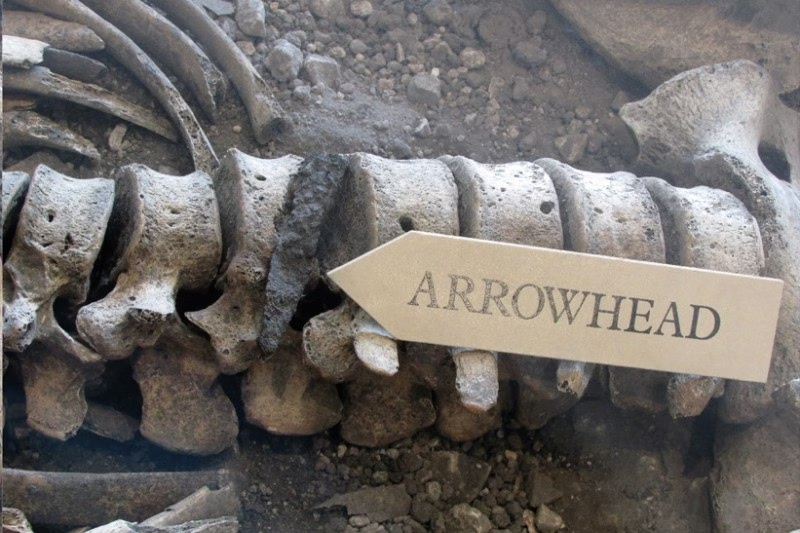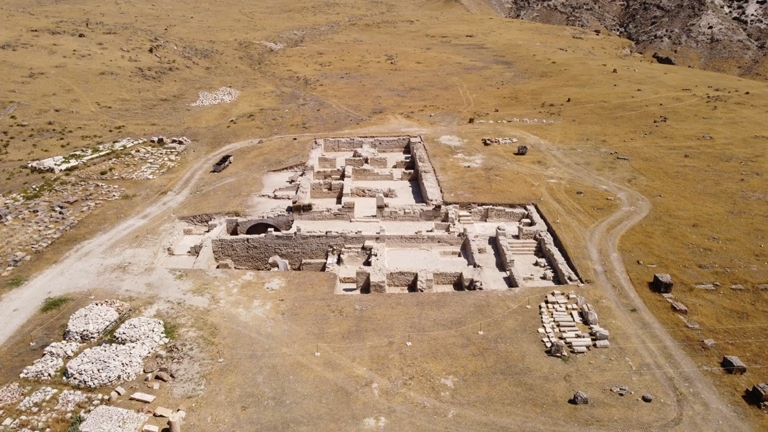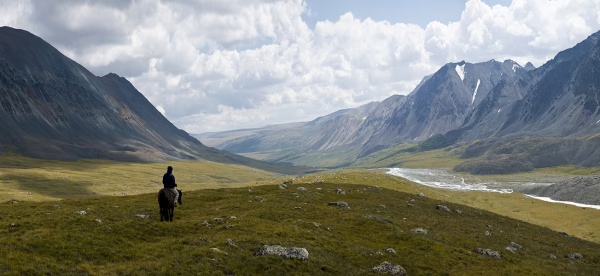Groundbreaking research from Bournemouth University challenges a long-held narrative in British archaeology
A dramatic new study from Bournemouth University archaeologists has shattered a decades-old myth surrounding one of Britain’s most iconic ancient sites. Contrary to popular belief, the so-called “Roman massacre” at Maiden Castle in Dorset never happened.
Published in the Oxford Journal of Archaeology, the research reveals that the human remains found at the Iron Age hillfort—long believed to be victims of a single Roman attack—actually span multiple generations. Thanks to advanced forensic science and cutting-edge radiocarbon dating, the real story has finally come to light.
What the Science Says
Dr. Martin Smith, Associate Professor of Forensic and Biological Anthropology at BU, explains:
“The skeletal injuries are real and undeniably violent. But our radiocarbon analysis proves these deaths occurred over several decades, not during a one-time Roman siege.”
This discovery marks a dramatic departure from the long-standing narrative shaped in 1936 by famed archaeologist Sir Mortimer Wheeler. His excavation at Maiden Castle framed the site as a heroic last stand by the native Durotriges tribe against the invading Roman Empire—an idea that has since permeated textbooks, documentaries, and public imagination.
But modern science tells a more complex—and more human—story.

Not a Roman Battle, but Local Violence
Dr. Miles Russell, co-author of the study and Principal Academic in Prehistoric and Roman Archaeology, notes:
“The wounds are there—blunt force trauma, sharp weapon lesions—but the timing and distribution don’t match Roman military tactics. Instead, they point to episodes of tribal conflict or ritual violence within Iron Age society.”
Moreover, the diversity of burial styles suggests a sophisticated and stratified society, not a simplistic battlefield burial. Visiting Fellow and archaeological scientist Paul Cheetham adds:
“The variety in funerary practices hints at either overlapping cultural traditions or deep social hierarchies. It’s clear we can no longer impose simplistic interpretations on such a nuanced site.”
Still More to Discover Beneath Maiden Castle
Despite the historical importance of Wheeler’s original excavation, it covered only a fraction of the sprawling hillfort. Researchers believe many more burials remain undiscovered.
“There’s every reason to think Maiden Castle still holds more secrets beneath its massive ramparts,” says Cheetham.

How History Reflects Its Time
Dr. Smith also highlights how the original 1930s interpretation may have been influenced by the sociopolitical climate of the time:
“Britain in the 1930s was on the brink of war. The narrative of brave natives falling to a foreign invader likely resonated with a society facing its own looming conflict.”
More Than a Myth: A Richer Understanding of the Past
This study doesn’t just challenge a dramatic tale—it encourages a more accurate, multifaceted understanding of ancient British life. The new evidence points not to a single event of conquest, but to a prolonged period marked by social unrest, internal conflict, and ritual behavior.
A New Chapter in Archaeology
The findings at Maiden Castle are a powerful reminder of how archaeology evolves with technology. As radiocarbon dating and forensic anthropology continue to advance, long-held assumptions are being reevaluated—often with surprising results.
By replacing myth with science, Bournemouth University researchers haven’t diminished the historical significance of Maiden Castle—they’ve enriched it.
Smith, M. J., Russell, M., & Cheetham, P. (2025). Fraught with high tragedy: A contextual and chronological reconsideration of the Maiden Castle Iron Age ‘war cemetery’ (England). Oxford Journal of Archaeology, 44(2), 123–140. https://doi.org/10.1111/ojoa.12324





